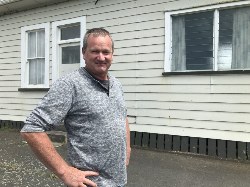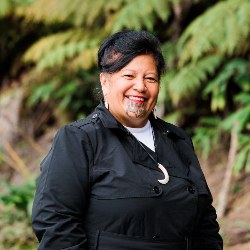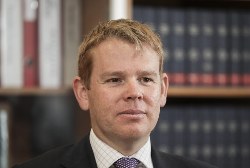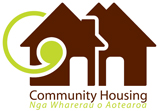Local Students To Test Ecosystems And Create Green Data
A Water Catchment Health day on Tuesday 10 November works with Wainuiomata students to help map environmental and stream health to inform the protection of regional ecosystems.
The day raises awareness for Te Oranga O Te Awa, a programme that engages youth in environmental care and protection, led by the Greater Wellington Regional Council in partnership with, Environmental Protection Authority, Zealandia and Wilderlab.
Greater Wellington’s Wainuiomata/Orongorongo park ranger, Ricky Clarkson says, “This event gives children growing up in Wainuiomata the opportunity to learn about their water supply and the ecosystem surrounding it.
“Over the course of the day, our team will give students a guided tour of water treatment facilities, explain pest control operations and teach various water monitoring techniques.
“We want to introduce kids to environmental monitoring tools so they can build an appreciation of the wildlife in their backyard and understand how we can protect native species.
“The next step is getting students involved in the programme where they will collect green data by taking eDNA samples of local ecosystems,” adds Ricky.
Environmental DNA (eDNA) is genetic material that is sourced from the environment and provides information of the comings and goings of animals and insects.
The Environmental Protection Authority’s Chief Scientist, Professor Michael Bunce says, “When animals move through their environment, they leave behind DNA. Like ‘genetic breadcrumbs’, we can use this unique DNA barcode to identify different species.
“This technology enables us to see what species are present in our environment, particularly our waterways. It helps us measure the health of a waterway.
“It’s a great way to connect people to a wider meaningful conversation about the protection of our waterways and environment. It also enhances awareness around the role of technology in environmental monitoring and protection,” adds Professor Bunce.
The programme kicks off in November and focuses on mātauranga Māori environmental perspectives, the water cycle, groundwater and how to carry out a scientific monitoring programme.
This part of the project will be led by Greater Wellington with support from Mountains to Sea Wellington, Enviroschools and local volunteers.
The eDNA samples collected by Wainuiomata students will be processed by Wilderlab for DNA sequencing and will provide valuable long-term data of the changes in Wainuiomata’s urban stream health over time.
Greater Wellington Te Awa Kairangi ki Tai/Lower Hutt councillor, Prue Lamason says the day and programme will help to paint a bigger picture of our region’s ecosystem health, and is excited to see so many people getting involved.
“A Water Catchment Health day is an awesome opportunity for children to get hands-on conservation experience in their backyard.
“We’d love to see Wainuiomata students get involved in our programme, so they can help shape and inform the future health of their local areas,” says Cr Lamason.
For more information on Greater Wellington’s parks visit: https://www.gw.govt.nz/parks/


 Gordon Campbell: On bird flu, AUKUS entry fees and Cindy Lee
Gordon Campbell: On bird flu, AUKUS entry fees and Cindy Lee Susan Botting - Local Democracy Reporter: Ruawai Leader Slams Kaipara Council In Battle Over $400k Property
Susan Botting - Local Democracy Reporter: Ruawai Leader Slams Kaipara Council In Battle Over $400k Property Te Pati Maori: Another ‘Stolen Generation’ Enabled By Court Ruling On Waitangi Tribunal Summons
Te Pati Maori: Another ‘Stolen Generation’ Enabled By Court Ruling On Waitangi Tribunal Summons Peace Action Wellington: Die In for Palestine Marks ANZAC day
Peace Action Wellington: Die In for Palestine Marks ANZAC day Labour Party: Penny Drops – But What About Seymour And Peters?
Labour Party: Penny Drops – But What About Seymour And Peters? Government: PM Announces Changes To Portfolios
Government: PM Announces Changes To Portfolios Family First: Just 1 In 6 Oppose ‘Three Strikes’ - Poll
Family First: Just 1 In 6 Oppose ‘Three Strikes’ - Poll


